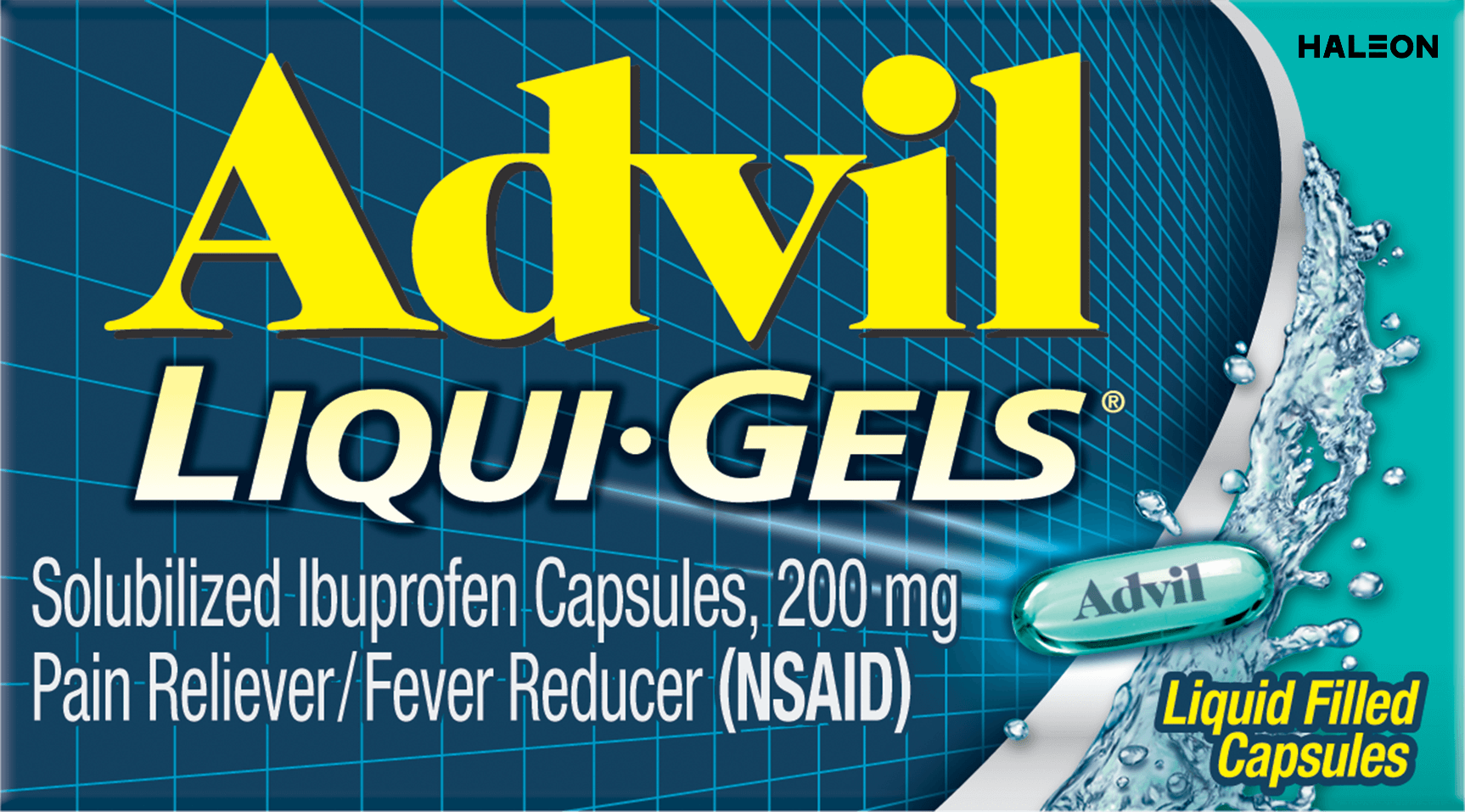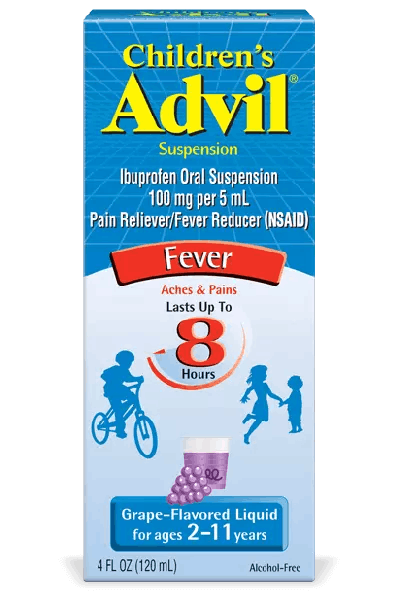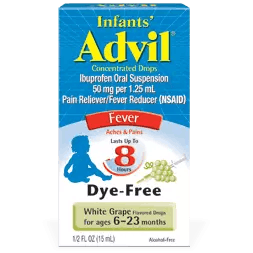How Does Topical Pain Cream Help Strained, Sprained or Sore Muscles?
As the population ages and diversifies, doctors and scientists are realizing the benefits and limits of current pain management therapies, leading clinicians to consider pain the “fifth vital sign.”1 Experiencing physical pain is usually associated with actual or potential bodily damage or injury and incurs some unpleasant sensory and emotional costs.1 In fact, some studies suggest that mismanaging acute pain may increase the risk of developing chronic pain; finding a way to effectively mitigate and treat pain has become more important than ever.1
For many years, topical pain creams have augmented pain management.1 Learn why these pain relief creams are so popular, and how some of their active ingredients work to help treat pain.
Why Do People Choose Topical Pain Relievers?
Pain can be complex; everyone experiences their discomfort and soreness differently which means that there’s no one-size-fits-all solution for the population. Topical pain creams can provide doctors with the ability to treat pain through multiple mechanisms of action and offer a broad range of options as alternatives to oral dosage forms.1
The complexity of pain management and the advantages of topical pain creams have fueled increased interest in compounded topical preparations created to address a patient's specific needs thanks to targeted application.1 Evidence has suggested that topically applied medications for managing pain can be as effective as those taken orally in some cases with a good safety profile in terms of adverse effects.3
Topical pain relievers are generally localized at their site of application and have a lower level of systemic exposure than oral or intravenous medications, which may lead to better tolerability.3 These products are applied directly to the skin where an individual is feeling pain or soreness.2 They’re most effective for managing acute musculoskeletal pain, like sore joints or pulled muscles.2
It's important to understand exactly what’s in these creams for sprains, strains and sore muscles so that you can know what’s happening in your body.
Active Ingredients in Cream for Sprains, Sore Muscles and Strained Muscles
Topical pain-relieving medications may come as liquids, gels, powders, creams, emulsions, gels, patches, foams or aerosols that contain an analgesic or anesthetic agent that is directly applied on the skin on or around a painful area on the body.3 Common active ingredients in these topical medications include analgesics, which help to provide relief for mild-to-moderate muscle and joint pain by reducing the transduction of painful stimuli signals that trigger pain and inflammation and include NSAIDs and salicylates.3,5 While there is a broad range of products and combinations of ingredients available, for the purposes of this article we will be focusing on creams and a limited number of ingredients.
Menthol
Also known as mint camphor, menthol is an oil derived from mint and produces a cooling sensation when applied to the skin.2 This sensation is due to its ability to promote heat transfer from the body core to the skin, a heat loss mechanism of the body that helps to regulate temperature, but when applied to a single area, imparts a cooling effect.4
In addition to the cooling sensation, menthol is thought to provide pain relief by constricting blood vessels and reducing blood flow, which is helpful for managing inflammation in sports injuries.8 One study indicated that applying menthol to an area produced comparable levels of reduced blood flow to applying crushed ice, but with less discomfort.8
Menthol is a counter-irritant and appears in a number of topical products to help manage pain associated with muscle strain, back pain and joint pain.4
Capsaicin
Capsaicin is a chemical that comes from hot chili peppers from the genus Capsicum and has a long history of use in medical practice.3 When applied topically, it produces a warming sensation and interacts with the nerve endings that transmit the pain and desensitizes them.2,3,5 In studies of musculoskeletal and neuropathic pain, capsaicin was more effective than the placebo at providing an analgesic effect that lasted throughout the 4-8 weeks of follow-up after the conclusion of the studies.3
Capsaicin is used topically for the temporary relief of neuropathic pain as well and minor pain in muscles and joints.5
Camphor
Camphor has been used in traditional Chinese medicine thanks to its anti-inflammatory and analgesic effects.6 A 2023 study found that camphor could inhibit acute pain and raise the pain threshold of users, indicating an analgesic effect in a variety of neuropathic pain models.6
This same study indicated that while a comparable analgesic, pregabalin, produced a sedative effect, camphor did not.6 Other comparisons with pregabalin were conducted and camphor was found to have a similar analgesic effect that peaked faster without adverse neurological reactions like loss of coordination.6
Camphor has also been shown to inhibit the response to a painful stimulus, indicating use in the treatment of neuropathic, or nerve pain, but more studies will be needed.6
Methyl Salicylate
Methyl salicylate, also known as wintergreen oil, creates a cooling sensation when applied to the skin.2 The cooling sensation helps to block pain signals going to the brain.8 It’s commonly used as a counterirritant and acts as a distraction to physical pain.2 Salicylates are often used to treat soft tissue pain; they’re similar to aspirin and NSAIDs in relieving pain and decreasing inflammation.7,8 Methyl salicylate is often used in products to treat pain in the shoulder and neck, low back pain, muscle pain, and pain caused by sprains, strains and contusions.7
Drawbacks to Using Topical Pain Cream for Sore Muscles, Strained Muscles or Sprained Muscles
If you plan to use a pain-relieving cream for sore muscles, muscle strains or muscle sprains it’s important to use them exactly as directed. Be sure to:2
- Read the product label carefully before applying it.
- Do not apply topical pain cream to open wounds or irritated skin.
- Do not apply near your eyes or genitals.
- Don’t use these products with heat, a heating pad or hot water.
- Call a doctor if you develop a rash and stop use immediately.
Common side effects of the active ingredients mentioned in this article include a burning sensation with capsaicin, and skin irritation, redness and dryness with menthol and methyl salicylates.3,8
Topical pain relievers can deliver their active agents locally, which may improve their tolerability and be more accepted by patients who are seeking to manage acute pain.4 In some cases, topical pain relievers may also be safely used with oral medications like pills. If you are not sure if two products can be used together, always check with a doctor or pharmacist.
Those who deal with persistent pain may want to ask their doctor about pairing oral analgesics with topical pain cream and if it offers benefits over using oral or topical analgesics alone.4 For help managing your own muscle aches and pains, reach for Advil Targeted Relief Pain Relieving Cream the first topical pain reliever from Advil with a powerful pain-fighting formula designed to start working in seconds so you can quickly take back control.
SOURCES
1. Role of Topical Pain Creams in Pain Management. National Library of Medicine. https://www.ncbi.nlm.nih.gov/books/NBK560353/ Accessed 1/23/24.
2. Topical Pain Relief: What Is It + How Does It Work? Cleveland Clinic. https://health.clevelandclinic.org/topical-pain-relief-what-is-it-and-how-does-it-work. Accessed 1/23/24.
3. Topical Preparations for pain relief: efficacy and patient adherence. National Library of Medicine. https://www.ncbi.nlm.nih.gov/pmc/articles/PMC3048583/. Accessed 1/23/24.
4. The role and mechanism of action of menthol in topical analgesic products. Journal of Clinical Pharmacy and Therapeutics. https://onlinelibrary.wiley.com/doi/10.1111/jcpt.12679. Accessed 1/23/24.
5. An overview of analgesics: NSAIDs, paracetamol, and topical analgesics Part 1. South African Family Practice. https://www.tandfonline.com/doi/full/10.1080/20786190.2019.1610228. Accessed 1/23/24.
6. Camphor Attenuates Hyperalgesia in Neuropathic Pain Models in Mice. National Library of Medicine. https://www.ncbi.nlm.nih.gov/pmc/articles/PMC10013580/. Accessed 1/23/24.
7. Safety and efficacy of compound methyl salicylate liniment for topical pain: A multicenter real-world study in China. National Library of Medicine. https://www.ncbi.nlm.nih.gov/pmc/articles/PMC9634125/. Accessed 1/23/24.
8. Menthol; Methyl Salicylate Cream, Lotion, or Ointment. Cleveland Clinic. https://my.clevelandclinic.org/health/drugs/23757-menthol-methyl-salicylate-cream-lotion-or-ointment. Accessed 1/23/24.
By clicking the link(s) above, you will be taken to an external website that is independently operated and not managed by Haleon. Haleon assumes no responsibility for the content on the website. If you do not wish to leave this website, do not click on the links above.








